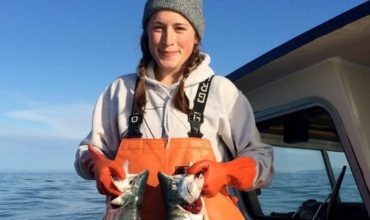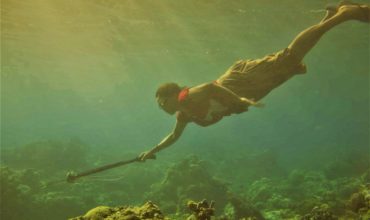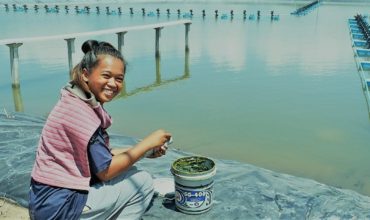GENDER EQUALITY
From Catch to Consumer: Why Gender Equality Matters in Aquaculture and Fisheries
Fish is the Earth's most highly traded food, much of it caught in developing countries for sale in the developed world. Every year human beings consume an average of 20kg of fish per person across the globe. That's about 235 meals of fish annually - double the amount of fish we ate six decades ago. And our fish consumption continues to rise.
Traditionally, the fishing industry has a man's face but women's efforts also are behind every bite of fish we taste. Without women's work, the fish catch would drop, fish processing and delivery to the consumer would not function, and households would have less access to fish and food. Women's contributions to fisheries and aquaculture have long been disregarded.
In the many steps from catch to consumer, about half of fish production workers, traders, and marketers are women. Frequently, women who play a part in fish production and trade have little say over the benefits available to them and receive little support in their fish work. Their practical and long-term needs are often neglected. They have weak bargaining power to change their situation due to historical gender biases normalized in the workplace and society.
For women working in fisheries and aquaculture, gender inequality affects their food and financial security, personal safety, family nutrition, and the stability of whole communities. These problems are worsening as the industry experiences pressure to minimize labour costs and leans toward fishing and aquaculture practices that degrade the environment and fish stocks. This creates a vicious cycle of worsening environmental and social conditions on which all women and men depend.
By supporting the status quo in this catch-to-consumer chain of production and trade, all fish consumers are complicit in perpetuating this injustice.
What is to be done?
Here is what is needed to make a start.
COUNT WOMEN AND MAKE THEM VISIBLE
FAO's Committee on Fisheries can put gender equality on its agenda. Fisheries agencies can collect regular and accurate gender-specific catch-to-consumer employment data to track trends and progress. When gender equality…
INCREASE FUNDING TO GENDER HUNDREDFOLD
Make greater investment in targeted gender projects, research and educational outreach. The present amount of funding is small and needs a hundredfold increase to achieve impact. Currently, gender work is…
SUPPORT WOMEN'S EMPOWERMENT
Women can collaborate, assert their rights and upgrade their capacity, if necessary with funding and support for education, advocacy and legal resources. Men's and male-led organizations can become allies in…
COLLABORATE ON GENDER
To make the invisible visible, gender equality must be a stated priority in policy, research, and programs, and expertise built in the key agencies along the catch-consumer pathway. At…
Fishing for equality: Why Gender Matters?
Download the GAF7 2018 materials
Who should do it ?
Critical Stakeholders
Fisheries agencies
Regional, national and international fisheries agencies and organizations, especially the Food and Agriculture Organization of the United Nations (FAO), aquaculture and environment officers, managers, and policy makers.
Funders
Foundations, funding agencies, development assistance agencies
Researchers
Fisheries and aquaculture researchers, gender researchers
Grassroots
Women, community groups, fishing and aquaculture organisations and civil society.
Key stakeholders in advancing gender equality in fisheries
These are the crucial agencies and bodies whose action has a greater impact in incorporating gender.
GENDER IN FISHERIES AND AQUACULTURE SECTOR
Where we stand today
THE FISH SECTOR WINS WHEN WOMEN'S CONTRIBUTIONS ARE VALUED
Along the path from catch to consumer, gender limits the roles women play in the fishing industry. At the industry's front-end, an estimated 86% of workers in fishing and…
GENDER-BLIND POLICIES AND DATA UNDERMINE WOMEN'S CONTRIBUTIONS
When it comes to fisheries and aquaculture policies and data collection, the rights and needs of women are ignored. This reinforces the invisibility of women. Some countries do have national…
SOCIETY AND THE ENVIRONMENT BENEFIT WHEN WOMEN ARE EMPOWERED
Women fish workers are the key to fish as nutrition Fish is a highly nutritious and prized commodity. Yet ironically, fish workers may get very little fish for themselves. Some…
Contact Us
GAF Section
Asian Fisheries Society
Laboratory of Marine Biotechnology, Institute of Bioscience University,
Putra Malaysia, 43400 UPM Serdang, Selangor, Malaysia
genderaquafish@gmail.com



